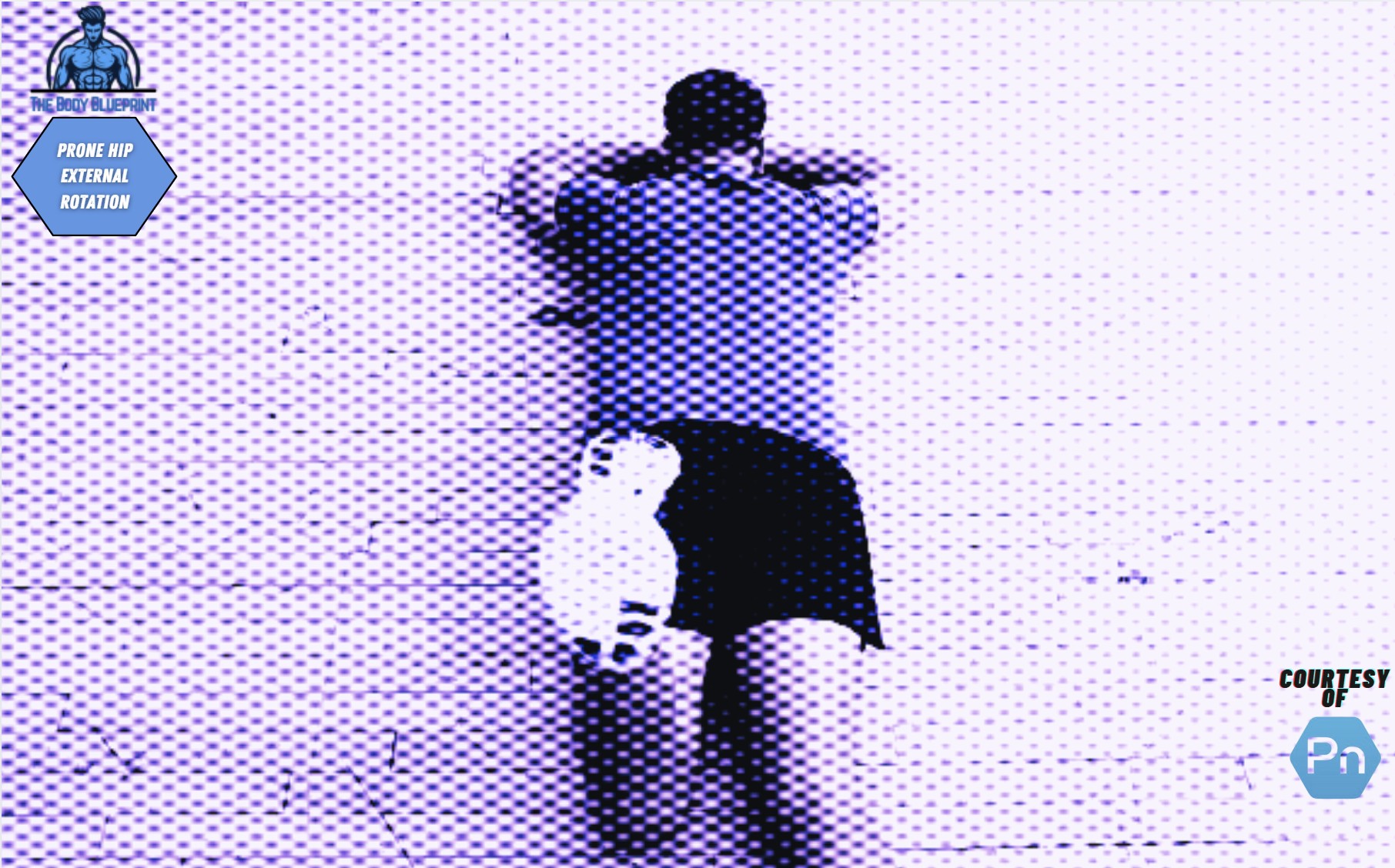Ever felt like your hips were locked up tighter than your grandma’s secret cookie recipe? Prone hip external rotation is the key to unlocking that stuck feeling and dialing in your mobility, strength, and overall athletic performance. Let’s dive into everything you need to know about this often-overlooked movement so you can move better, lift stronger, and feel unstoppable.
What is Prone Hip External Rotation?
Prone hip external rotation is a mobility exercise where you rotate your femur (thigh bone) outward from the hip joint while lying face down (prone position). This move targets the deep rotator muscles of your hip—think piriformis, gemellus, and obturator externus—critical players in stabilizing your hips and pelvis.
Why It Matters
- Improves hip mobility: Unlocks restricted movement patterns.
- Enhances athletic performance: Supports functional strength for squats, deadlifts, and more.
- Relieves tension: Reduces tightness in your lower back, glutes, and hamstrings.
Performing Prone Hip External Rotations
Mastering the basics of this move is the first step toward hip nirvana. Here’s how:
- Set up: Lie face down on a mat with your legs extended and your forehead resting on your hands.
- Bend your knee: Bring one knee to a 90-degree angle so your thigh stays flat while your lower leg points upward.
- Rotate outward: Slowly rotate your lower leg outward, feeling the movement in your hip.
- Control the return: Bring your leg back to the starting position with control.
Tip: Keep your pelvis grounded and avoid letting your lower back arch.
Pro Tip for Results
Shoot for 2–3 sets of 10–12 reps per side, gradually increasing range of motion as your flexibility improves.
Common Mistakes to Avoid
Want to make every rep count? Avoid these rookie errors:
- Overarching the lower back: Keep your core engaged to maintain proper alignment.
- Rushing through reps: Focus on slow, controlled movements.
- Skipping warm-ups: Tight hips won’t magically loosen—warm up first.
| Mistake | Impact | Fix |
|---|---|---|
| Overarching back | Strains the lumbar spine | Engage core, keep pelvis stable |
| Rushed movements | Limits effectiveness | Slow down, focus on control |
| Cold starts | Risk of injury or poor mobility | Warm up with dynamic stretches |
Muscles Worked During Prone Hip External Rotation
This movement activates a mix of stabilizers and prime movers:
- Gluteus medius: Controls hip abduction and stabilization.
- Piriformis: Rotates and stabilizes the femur in the hip socket.
- Obturator externus and internus: External rotators critical for balance.
- Quadratus femoris: Adds stability to the joint during rotation.
Benefits of Prone Hip External Rotation
Why bother with prone hip external rotation? Here’s what you’ll gain:
- Unlock functional mobility: Move freely during lifts and everyday tasks.
- Reduce risk of injury: Stabilize your hips to protect your knees and lower back.
- Boost strength: Enhance performance in compound lifts like squats and deadlifts.
- Target hip imbalances: Correct asymmetries that may cause long-term issues.
| Benefit | How It Helps |
|---|---|
| Improved mobility | Frees up restricted hip motion |
| Reduced injury risk | Stabilizes hips, reducing strain elsewhere |
| Strength boost | Enhances athletic performance |
| Corrected imbalances | Aligns body for better overall mechanics |
Variations and Progressions
If you’ve nailed the basics, spice things up with these tweaks:
1. Resistance Band Prone Hip External Rotation
- Wrap a light resistance band around your thighs for added tension.
2. Weighted Prone Hip Rotation
- Place an ankle weight on your working leg for strength-building.
3. Seated External Rotation Stretch
- Switch it up by sitting on a bench or chair for a static stretch option.
| Variation | What It Targets |
|---|---|
| Resistance band version | Builds strength and endurance |
| Weighted variation | Strengthens deep rotators |
| Seated stretch | Focuses on flexibility and relaxation |
How Does Prone Hip External Rotation Fit Into Your Routine?
You’re probably wondering where this movement slots into your already-packed schedule. Here’s how:
- Warm-up: Add 2–3 sets before leg days to prep your hips for action.
- Mobility work: Use it as part of a recovery session to loosen tight hips.
- Injury prevention: Incorporate it weekly to protect your lower back and knees.
FAQs About Prone Hip External Rotation
1. Can I do this if I have tight hips?
Absolutely! Start with a smaller range of motion and work your way up.
2. How long does it take to see results?
You’ll notice improved mobility after 2–3 weeks with consistent practice.
3. Should I do both sides?
Yes—balance is critical for healthy movement patterns.
4. Can this help with lower back pain?
Yes, by improving hip mobility, you’ll reduce compensations that often lead to pain.
Wrapping It Up
Prone hip external rotation might not be as flashy as deadlifts or squats, but it’s the unsung hero your body needs. Whether you’re chasing PRs in the gym or just trying to move better, this simple yet powerful exercise is a game-changer.
So, what are you waiting for? Lay down, rotate those hips, and start feeling the difference today!

